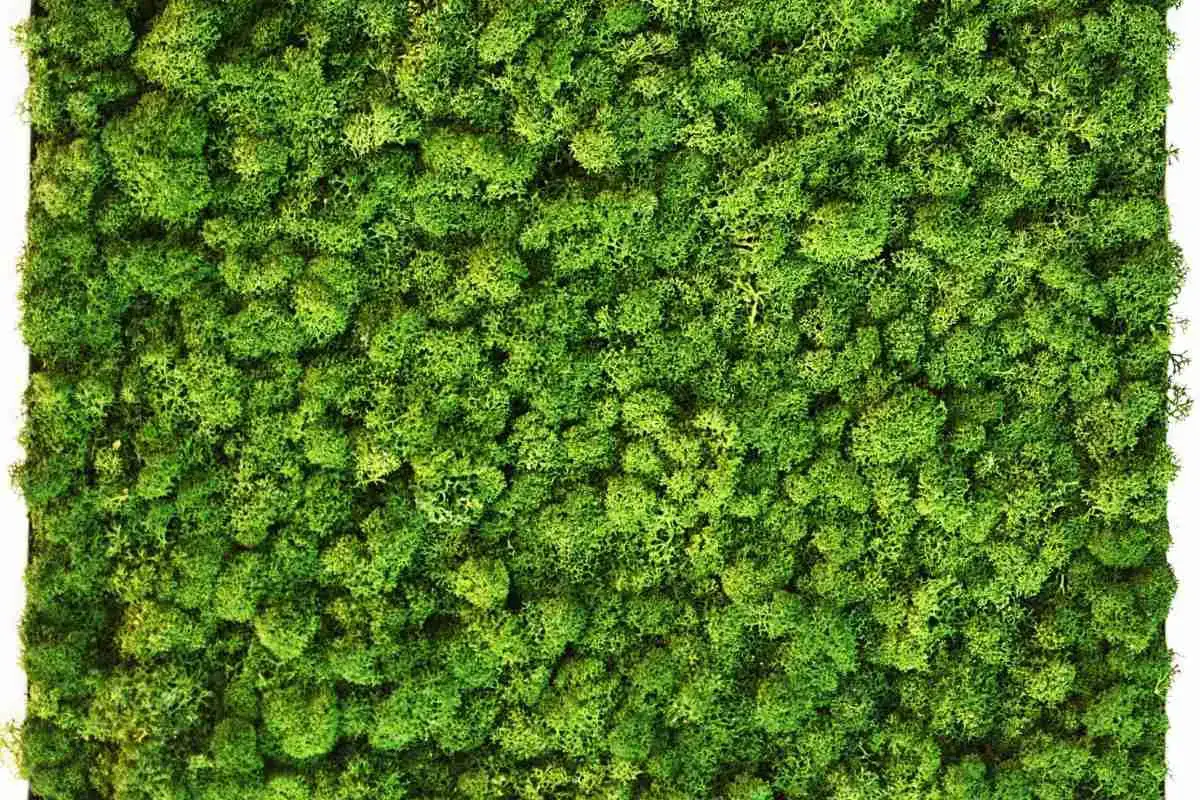
Does Sphagnum Moss Mold? Causes & Prevention
Read more
Is Moss Really Poisonous? The Toxic Myth Uncovered: Safe to Touch or Dangerous?
Read more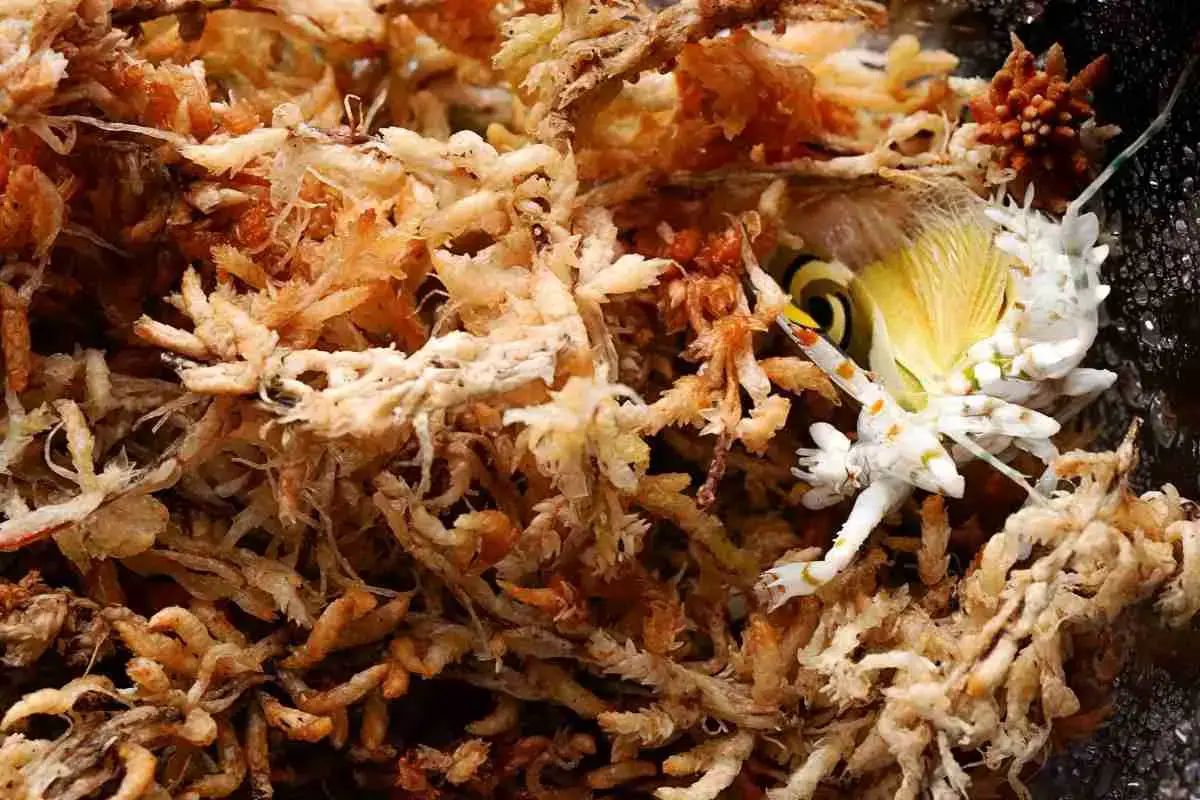
3 Simple Methods To Sterilize Sphagnum Moss
Read more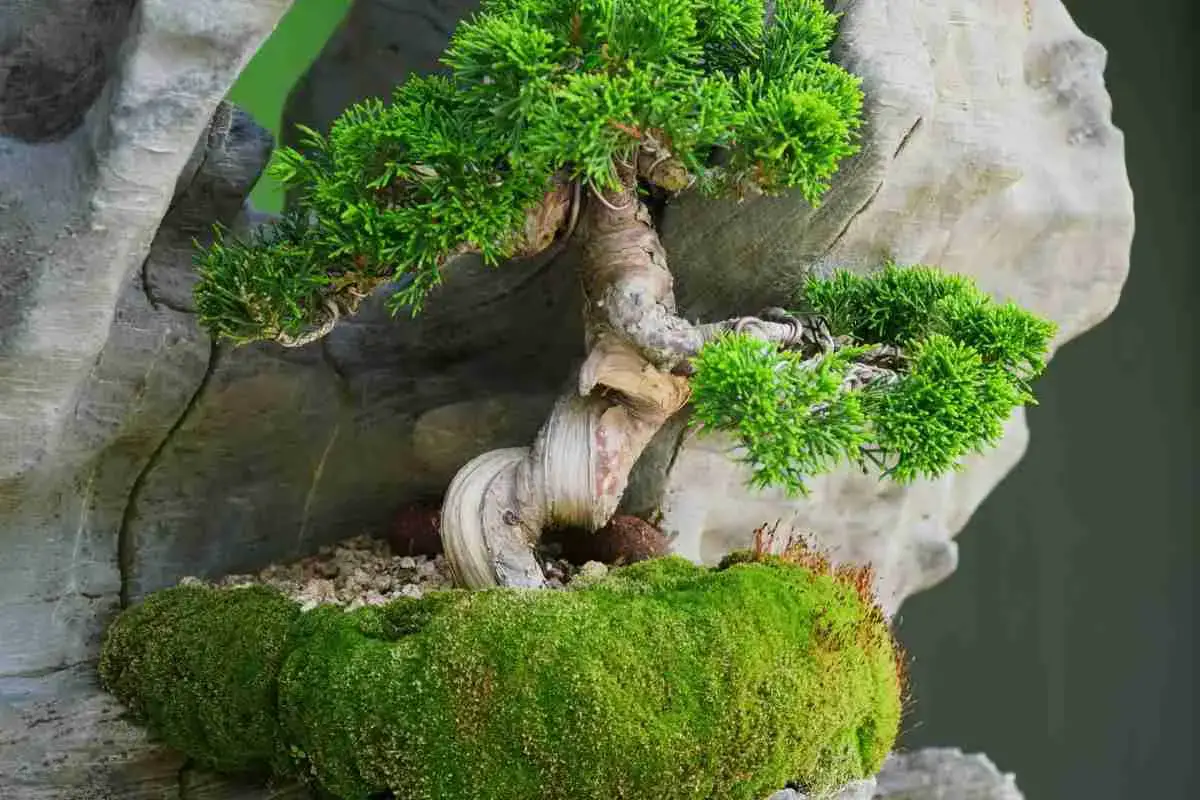
Sphagnum Moss For Bonsai: Is It Safe?
Read more
What Is A Moss Pole? And Why Are They Used?
Read more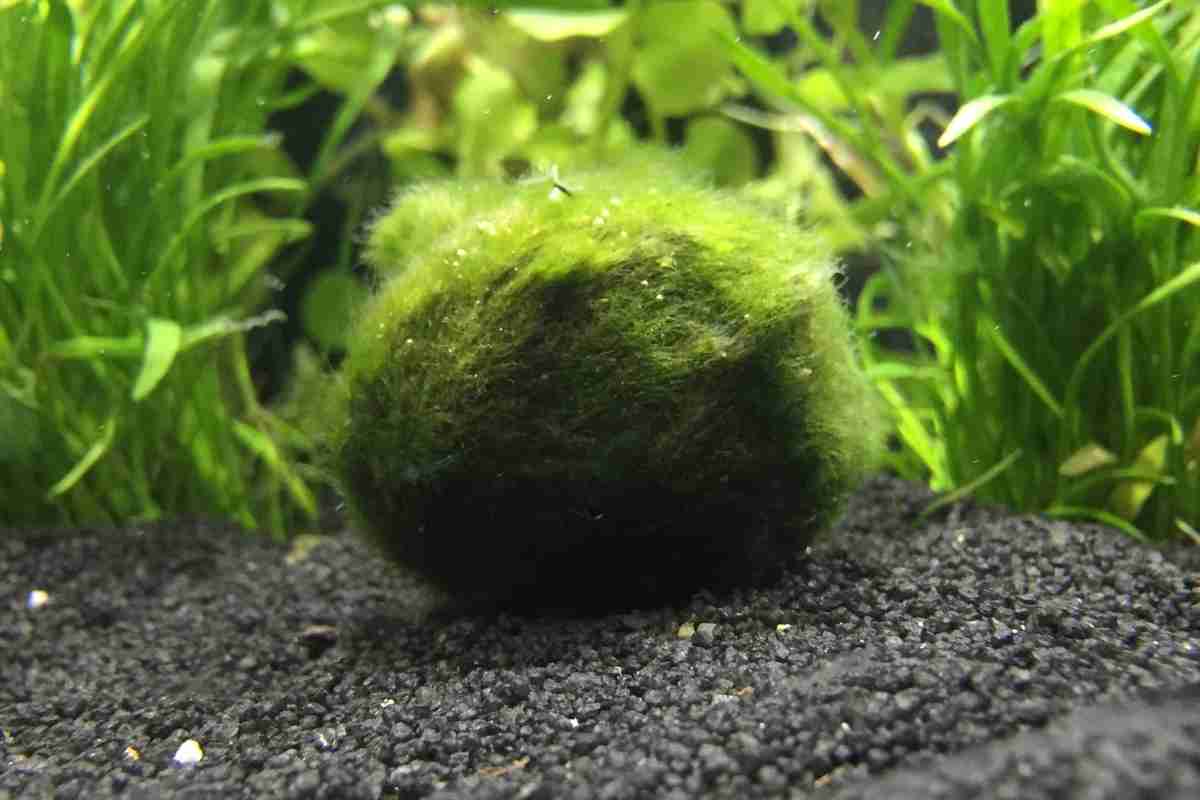
Marimo Moss Balls: Are They Safe?
Read more
Do Moss Balls Have Worms? Is It Normal?
Read more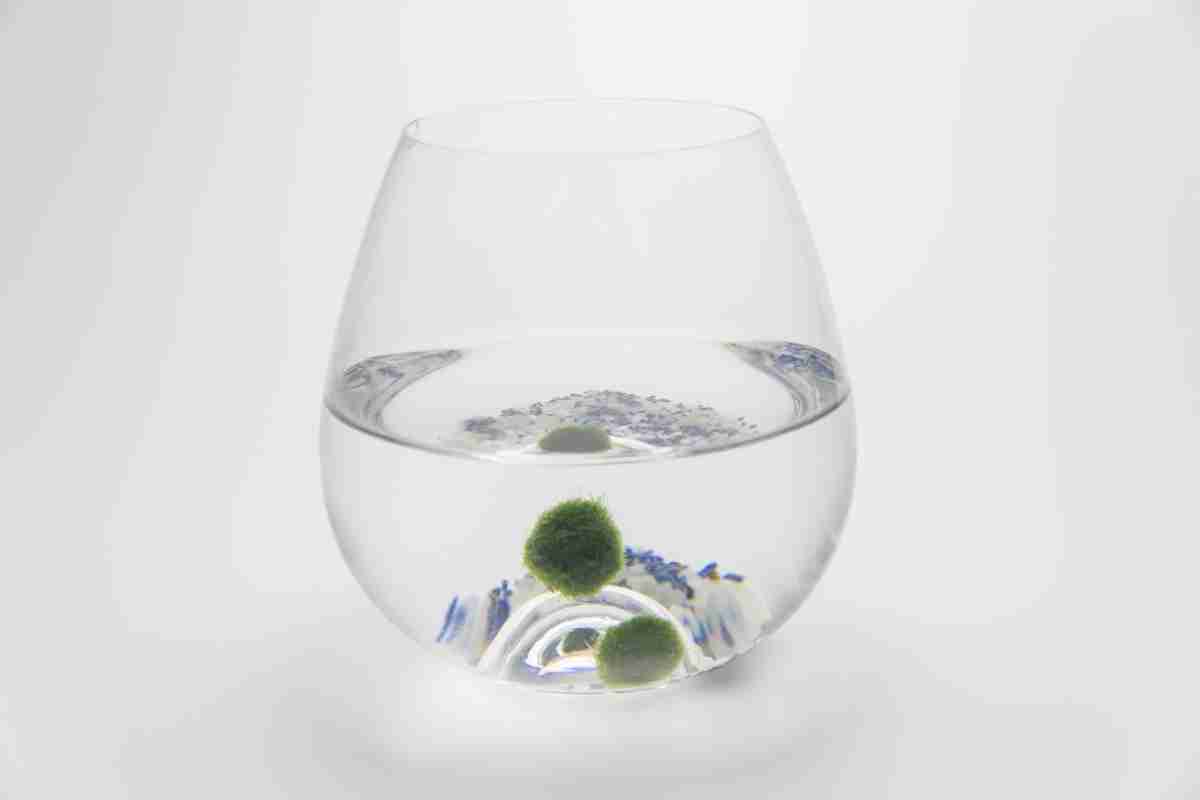
Floating Moss Balls: Why Do They Float?
Read more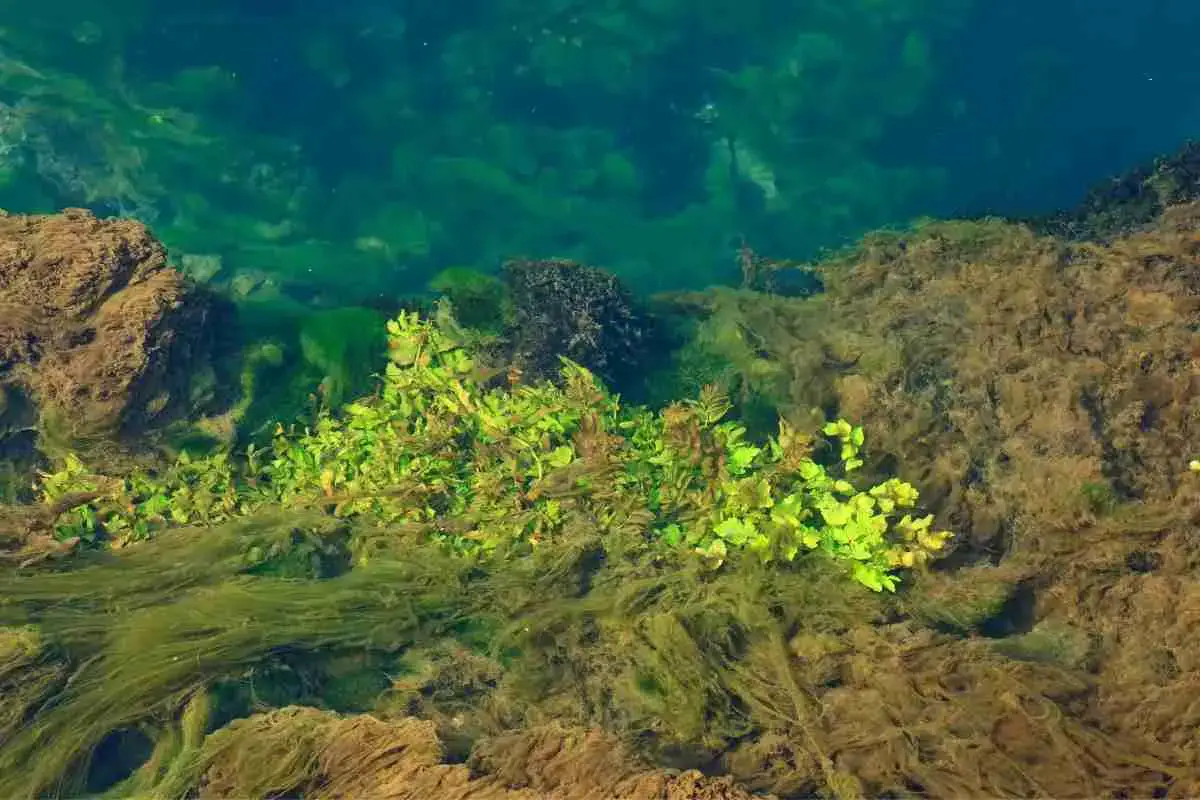
Is Algae A Producer of the Future? Understanding Its Role in Energy and Food Production
Read more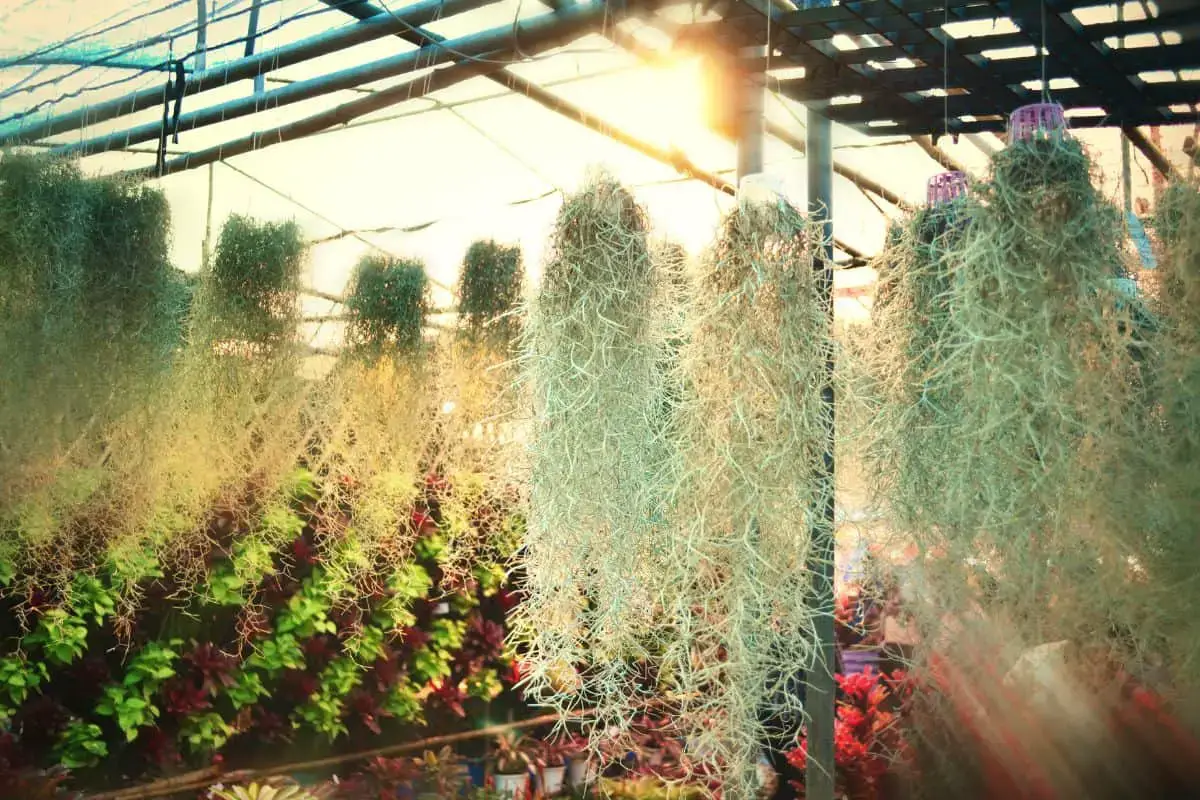
Is Your Spanish Moss Turning Brown? Here’s Why!
Read more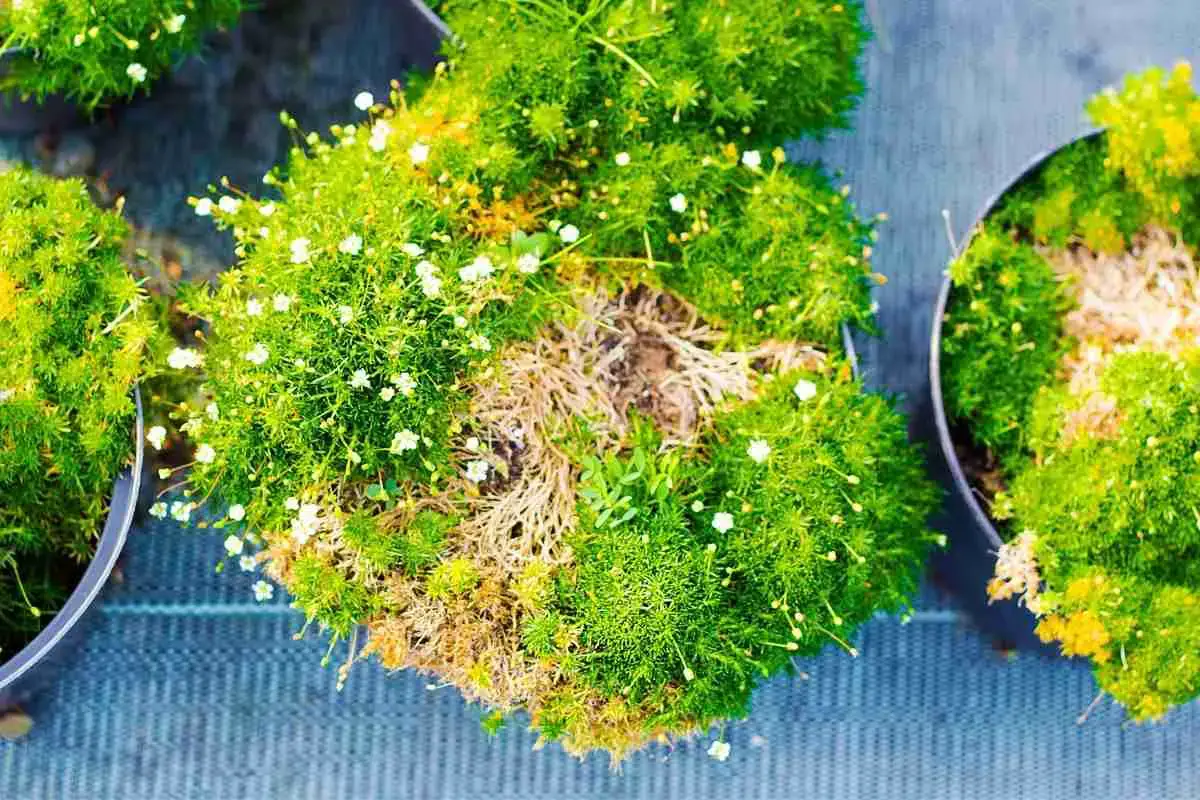
Scotch Moss or Irish Moss: Unveiling the Key Differences You Need to Know!
Read more